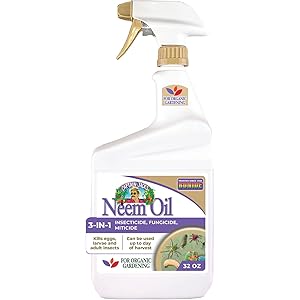Understanding Dry Environment Herb Cultivation
Dry environment herb cultivation refers to the practice of growing herbs in arid or semi-arid conditions where water availability is limited. This method is particularly beneficial for regions that experience low rainfall and high evaporation rates. By utilizing specific techniques and selecting appropriate herb varieties, gardeners can successfully cultivate a variety of herbs even in challenging climates. The focus is on maximizing water efficiency and ensuring that the plants thrive despite the harsh conditions.
Key Techniques for Successful Cultivation
To achieve success in dry environment herb cultivation, several key techniques can be employed. One of the most important is the use of mulching, which helps retain soil moisture and reduce evaporation. Additionally, drip irrigation systems can be installed to provide targeted watering directly to the plant roots, minimizing water waste. Another effective technique is the implementation of raised beds, which can improve drainage and enhance soil warmth, creating a more favorable environment for herb growth.
Choosing the Right Herbs
When considering what herbs to grow in a dry environment, it is crucial to select drought-resistant varieties. Herbs such as rosemary, thyme, oregano, and sage are excellent choices due to their ability to withstand dry conditions. These herbs not only require less water but also tend to have stronger flavors, making them desirable for culinary uses. Understanding the specific needs of each herb can lead to a more fruitful harvest and a thriving garden.
Soil Preparation and Management
Soil preparation is a vital step in dry environment herb cultivation. Amending the soil with organic matter, such as compost, can improve its structure and enhance its water retention capabilities. Conducting a soil test can also provide insights into nutrient levels and pH balance, allowing for targeted amendments. Proper soil management ensures that herbs have the necessary nutrients to grow robustly, even in less-than-ideal moisture conditions.
Water Conservation Strategies
Implementing effective water conservation strategies is essential for successful herb cultivation in dry environments. Techniques such as rainwater harvesting can provide an additional water source, while using greywater systems can recycle water from household activities. Additionally, planting herbs in groups can create a microclimate that helps retain moisture and reduces the overall water demand of the garden.
Microclimates and Their Importance
Creating microclimates within a garden can significantly enhance the success of dry environment herb cultivation. By strategically placing taller plants to provide shade or using windbreaks to protect against harsh winds, gardeners can create more favorable growing conditions. These microclimates can help maintain soil moisture levels and protect delicate herbs from extreme temperatures, ultimately leading to healthier plants.
Pest Management in Dry Conditions
Pest management is another critical aspect of dry environment herb cultivation. In arid conditions, certain pests may thrive, while others may be less of a concern. Utilizing natural pest control methods, such as introducing beneficial insects or using organic repellents, can help maintain a healthy herb garden. Regular monitoring and early intervention are key to preventing pest infestations and ensuring the longevity of the herb plants.
Seasonal Considerations
Understanding seasonal variations is crucial for successful dry environment herb cultivation. Different herbs may have specific growing seasons, and being aware of these can help gardeners plan their planting schedules effectively. Additionally, protecting herbs during extreme weather events, such as heatwaves or unexpected frosts, can safeguard the plants and ensure a continuous supply of fresh herbs throughout the year.
Harvesting and Using Drought-Resistant Herbs
Harvesting herbs at the right time is essential to maximize flavor and potency. In dry environment herb cultivation, it is important to monitor the growth of the plants closely and harvest them when they reach their peak. Drought-resistant herbs can be used fresh or dried for later use, making them versatile additions to any kitchen. Understanding the best practices for harvesting and preserving these herbs can enhance their culinary applications.
Benefits of Dry Environment Herb Cultivation
The benefits of dry environment herb cultivation extend beyond simply growing herbs in challenging conditions. This method promotes sustainable gardening practices, conserves water, and encourages biodiversity. Additionally, cultivating herbs in dry environments can lead to the development of unique flavors and characteristics, making them highly sought after in culinary circles. Embracing this approach not only supports personal gardening goals but also contributes positively to the environment.

